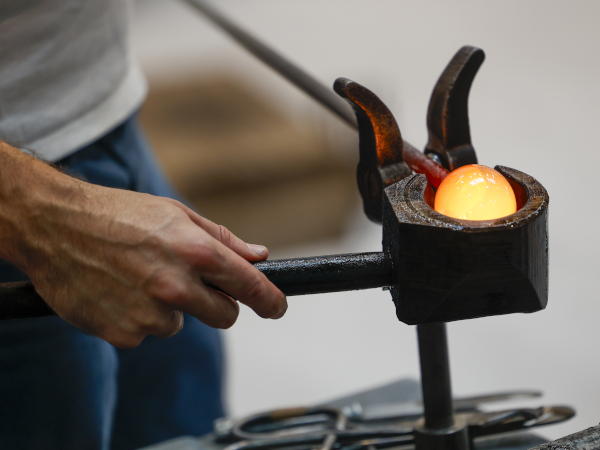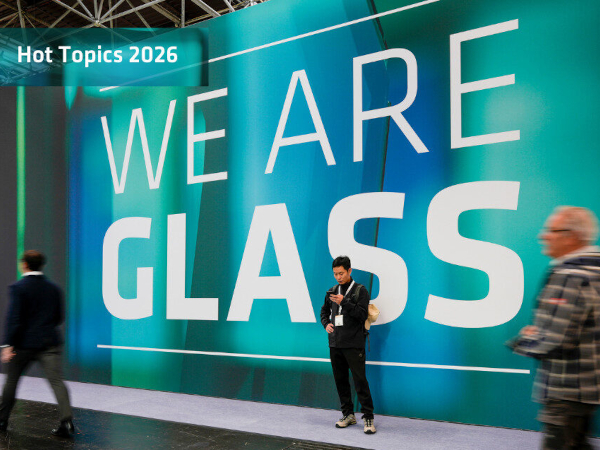Date: 3 October 2014
Various models from the Furnace Tracker series monitor applications such as glass container annealing, windshield manufacturing, vacuum coating, and autoclave and PVD processes."4" vspace="4" align="left" width="225" height="150" alt="" src="/UserFiles/1(1090).jpg" />Figure: The Furnace Tracker quality control system is so thin that it can pass through the tempering furnace along with the glass sheet
The manufacturer provides suitable data loggers and thermal barriers even for tempering furnaces with a very low clearance. The latest model for glass tempering connects up to ten thermocouples. The probes relay exact product temperature data throughout the entire heat and quench cycle based on which the furnace can be configured for optimal resource efficiency. Together with thermal imaging solutions from Raytek, this system will be the main focus of their common trade show booth. The technologies are complimentary: while profiling runs with the Furnace Tracker serve the purpose of quickly setting up production lines for different glass types and thicknesses, Raytek's non-contact infrared measurement technology supports 100% production monitoring and traceability.







Add new comment